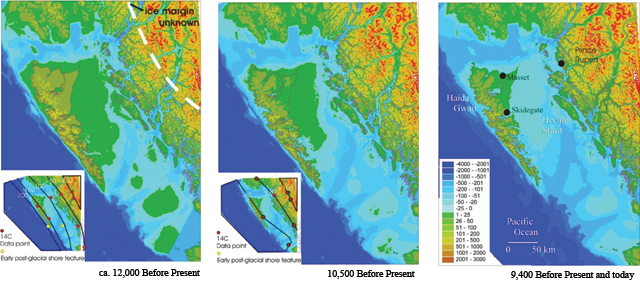New evidence suggests meteorite smashed into Earth 12,800 years ago
Postmedia News
Published:
October 9, 2019
Updated:
October 9, 2019 1:28 PM EDT
(Getty Images file photo)
Scientists in South Africa have discovered new evidence to support a hypothesis that the Earth was struck by a meteorite or asteroid 12,800 years ago, causing global climate change and extinction.
A group of scientists from the University of the Witwatersrand in Johannesburg, South Africa, took a soil sample from an archaeological site called Wonderkrater outside a small town north of Pretoria and found a spike in platinum levels, which they say supports the Younger Dryas Impact Hypothesis.
The hypothesis assumes that a disintegrating asteroid, which is high in platinum, barrelled down on Earth, causing an ice age.
Several species, such as the giant African buffalo, a large zebra, and a big wildebeest in Africa, are believed to have been wiped out as a result off the Earth’s rapid cooling. The impact from the asteroid or comet sent dust into the air, which might have reduced the amount of sunlight reaching the Earth’s atmosphere.
Distant asteroid calamity shaped life on Earth 466 million years ago
Newfound comet likely an 'interstellar visitor,' scientists say
'WE ARE DELIGHTED': Japan spacecraft drops explosive on asteroid to make crater
The scientists think human populations may have also have been indirectly affected, noting that the Clovis people stopped developing the use of stone tools in North America and the end of Robberg stone artifact industry in South Africa around the same time.
Sites with high platinum levels that date back to the same period have been found mostly in the northern hemisphere. The Wonderkrater dig is the first time such evidence has been found in Africa.
The research was published in Palaeontologia Africana on Oct. 2.

http://wiredspace.wits.ac.za/handle/10539/28129
http://torontosun.com/technology/new-evidence-suggests-meteorite-smashed-into-earth-12800-years-ago
Postmedia News
Published:
October 9, 2019
Updated:
October 9, 2019 1:28 PM EDT
(Getty Images file photo)
Scientists in South Africa have discovered new evidence to support a hypothesis that the Earth was struck by a meteorite or asteroid 12,800 years ago, causing global climate change and extinction.
A group of scientists from the University of the Witwatersrand in Johannesburg, South Africa, took a soil sample from an archaeological site called Wonderkrater outside a small town north of Pretoria and found a spike in platinum levels, which they say supports the Younger Dryas Impact Hypothesis.
The hypothesis assumes that a disintegrating asteroid, which is high in platinum, barrelled down on Earth, causing an ice age.
Several species, such as the giant African buffalo, a large zebra, and a big wildebeest in Africa, are believed to have been wiped out as a result off the Earth’s rapid cooling. The impact from the asteroid or comet sent dust into the air, which might have reduced the amount of sunlight reaching the Earth’s atmosphere.
Distant asteroid calamity shaped life on Earth 466 million years ago
Newfound comet likely an 'interstellar visitor,' scientists say
'WE ARE DELIGHTED': Japan spacecraft drops explosive on asteroid to make crater
The scientists think human populations may have also have been indirectly affected, noting that the Clovis people stopped developing the use of stone tools in North America and the end of Robberg stone artifact industry in South Africa around the same time.
Sites with high platinum levels that date back to the same period have been found mostly in the northern hemisphere. The Wonderkrater dig is the first time such evidence has been found in Africa.
The research was published in Palaeontologia Africana on Oct. 2.

http://wiredspace.wits.ac.za/handle/10539/28129
http://torontosun.com/technology/new-evidence-suggests-meteorite-smashed-into-earth-12800-years-ago




